13 Vegetables That Are Really Fruits: Discover the Unexpected
- May 23, 2024
- 0 comment
Discover the unexpected in 13 Vegetables That Are Really Fruits. Explore a guide revealing surprising botanical truths about your favorite foods. Did you ever wonder why tomatoes are often classified as vegetables in cookbooks, despite being fruits botanically? This curiosity extends beyond tomatoes to several other kitchen staples we typically think of as vegetables.

In this article, we unveil 13 common vegetables that are technically fruits according to botanical standards. Join us as we explore these surprising truths and learn more about the fascinating world of plant biology. Get ready to see your daily vegetables in a whole new light!
List of 13 Vegetables That Are Really Fruits
- Tomatoes
- Bell Peppers
- Cucumbers
- Peas
- Eggplants
- Squash
- Pumpkins
- Avocados
- Olives
- String Beans
- Corn
- Okra
- Chilies
Understanding Botany
What Defines a Fruit?
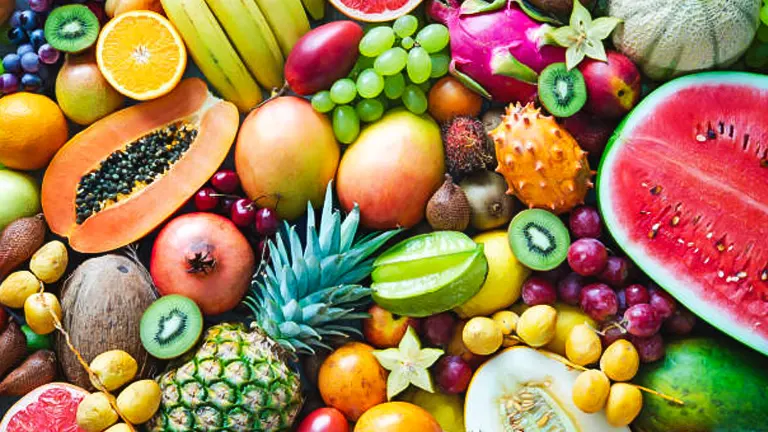
In botanical terms, a fruit is any structure in flowering plants that develops from the ovary after fertilization and contains seeds, facilitating the dispersal of these seeds. The ovary itself is part of the carpel of the flower, which encases and protects the ovules that develop into seeds upon fertilization. This scientific definition challenges common culinary perceptions and includes many foods traditionally viewed as vegetables.
Types of Fruits
- Simple fruits can be either dry or fleshy and develop from a single ovary of one flower. For example, peas are considered simple dry fruits.
- Aggregate fruits result from a single flower with multiple ovaries. An example is the raspberry.
- Multiple fruits develop from a cluster of flowers (an inflorescence). Pineapples are a prime example of multiple fruits.
- Accessory fruits incorporate other parts of the flower besides the ovary. The apple, for instance, is an accessory fruit where the edible part is not derived from the ovary but from surrounding tissue.
Vegetables vs. Fruits
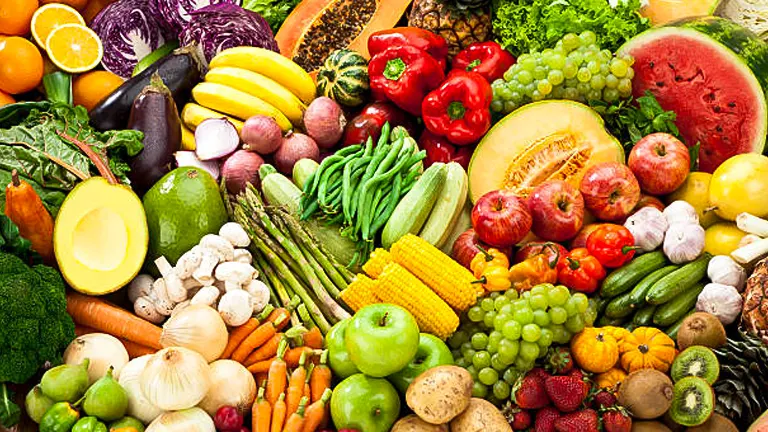
The distinction between fruits and vegetables in botanical terms lies in the part of the plant utilized. Vegetables come from other plant parts such as roots (carrots), stems (celery), and leaves (lettuce), which do not play a role in the plant’s reproductive process.
Culinary vs. Botanical Classifications
The divide between culinary and botanical classifications stems from usage, taste, and preparation methods. Culinary practices classify foods based on flavor profiles and how they are used in meals. This has led to such categorizations as tomatoes and bell peppers being called vegetables due to their savory flavor and common use in salads and cooking, despite their botanical classification as fruits.
Botanical Classification of Common Kitchen Staples
| Common Name | Botanical Classification | Type of Fruit | Usage Example |
|---|---|---|---|
| Tomato | Solanum lycopersicum | Berry | Salads, sauces |
| Bell Pepper | Capsicum annuum | Berry | Stir-fries, salads |
| Cucumber | Cucumis sativus | Pepo | Pickles, salads |
| Pea | Pisum sativum | Legume | Soups, side dishes |
| Eggplant | Solanum melongena | Berry | Baked dishes, curries |
| Pumpkin | Cucurbita spp. | Pepo | Pies, roasted dishes |
13 Vegetables That Are Really Fruits
1. Tomatoes

Tomatoes are a staple in cuisines around the world, commonly found in salads, sauces, and a variety of savory dishes. Botanically, tomatoes are classified as berries because they develop from the ovary of the flower and contain seeds. Originating in South America, tomatoes were first cultivated by the Aztecs and Incas as early as 700 AD. When introduced to Europe in the 16th century, they were initially thought to be poisonous due to their relation to the nightshade family.
Additional Information:
- Scientific Name: Solanum lycopersicum
- Nutritional Benefits: High in vitamins A and C, potassium, and the antioxidant lycopene, which is linked to reduced risk of heart disease and cancer.
- Varieties: Over 10,000 varieties, including cherry, heirloom, and beefsteak tomatoes.
- Culinary Uses: Fresh in salads, cooked in sauces, roasted, and even dried.
2. Bell Peppers
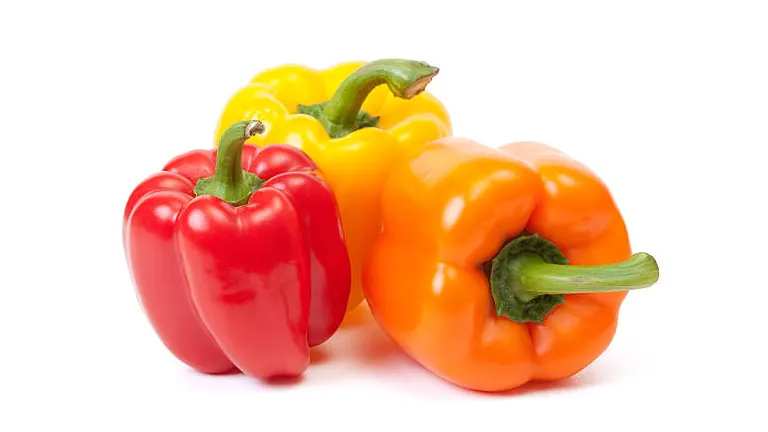
Bell peppers, available in green, red, yellow, and orange, add vibrant color and a sweet, mild flavor to a wide range of dishes. Botanically, they are berries and develop from the flowering part of the plant. They are part of the Capsicum annuum species and contain seeds within their hollow interior. Bell peppers are highly versatile, enjoyed both raw and cooked, and are a rich source of vitamins and antioxidants.
Additional Information:
- Scientific Name: Capsicum annuum
- Nutritional Benefits: Rich in vitamins C and A, as well as dietary fiber and folic acid.
- Ripening Process: Green peppers are unripe, and they turn red, yellow, or orange as they mature, with red being the sweetest due to higher sugar content.
- Culinary Uses: Can be eaten raw in salads, grilled, stuffed, roasted, or added to stir-fries.
3. Cucumbers
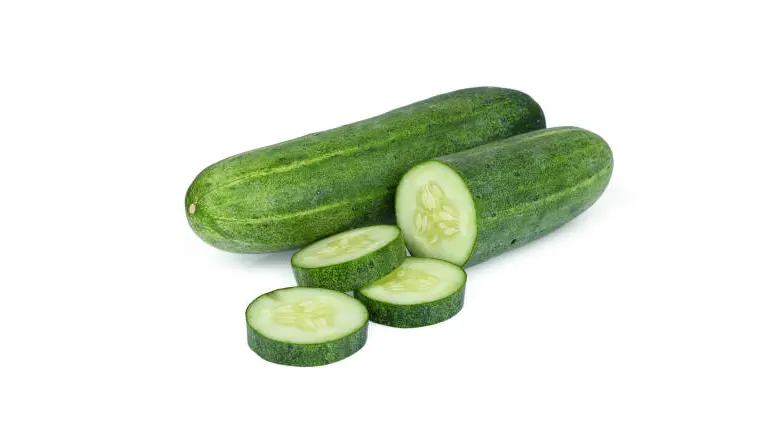
Cucumbers are a cool, refreshing fruit widely used in salads and for pickling. They are part of the Cucurbitaceae family, which also includes melons and squash. Botanically, cucumbers are classified as pepos, a type of berry with a hard outer rind and seeds enclosed within. Originating in South Asia, cucumbers have been cultivated for over 3,000 years.
Additional Information:
- Scientific Name: Cucumis sativus
- Nutritional Benefits: Low in calories, high in water content, and a good source of vitamins K and C, potassium, and magnesium.
- Varieties: Includes slicing cucumbers for fresh consumption and pickling cucumbers for preservation.
- Culinary Uses: Often used fresh in salads, sandwiches, and beverages, as well as pickled in various ways.
4. Peas
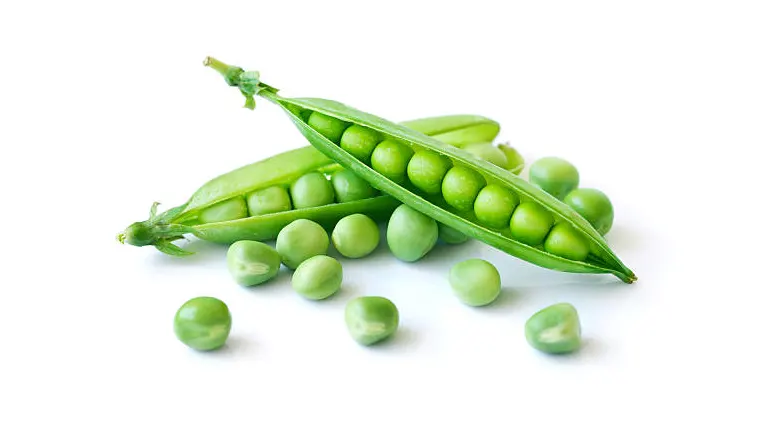
Peas are small, round seeds found inside pods, making both the pod and the peas fruits botanically. Each pea pod develops from the flower’s ovary and contains multiple seeds. Peas are highly nutritious and versatile, used in soups, side dishes, and various culinary applications. They belong to the legume family, which is known for its ability to fix nitrogen in the soil, benefiting crop rotation.
Additional Information:
- Scientific Name: Pisum sativum
- Nutritional Benefits: High in protein, fiber, vitamins A, C, and K, and essential minerals like iron and magnesium.
- Varieties: Includes garden peas, snow peas, and snap peas, each with distinct culinary uses.
- Culinary Uses: Can be eaten fresh, frozen, or canned, and are commonly added to soups, stews, salads, and as a side dish.
5. Eggplants
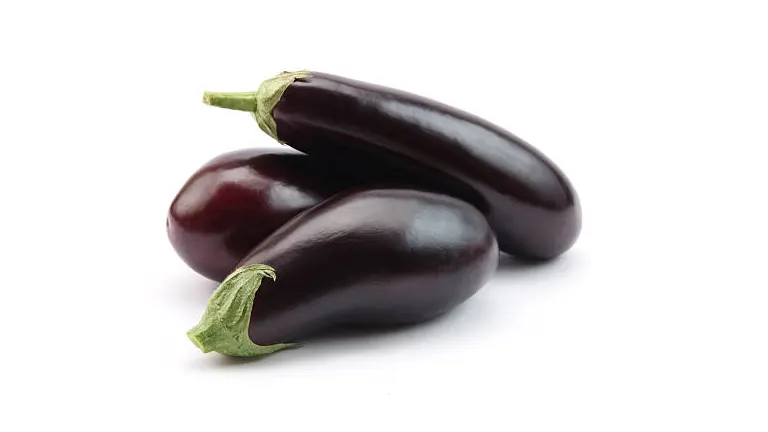
Also known as aubergines, eggplants have a meaty texture that makes them a popular component in various cuisines. Botanically, they are classified as berries because they develop from the blossom of the plant and contain seeds. Predominantly used in savory dishes, their culinary versatility often overshadows their fruity nature. Eggplants are a key ingredient in dishes like ratatouille, baba ghanoush, and moussaka.
Additional Information:
- Scientific Name: Solanum melongena
- Nutritional Benefits: High in fiber, antioxidants, and vitamins B1 and B6, as well as minerals like copper and manganese.
- Varieties: Includes globe, Japanese, Chinese, and Thai eggplants, each with unique shapes and flavors.
- Culinary Uses: Can be grilled, roasted, baked, or sautéed, and is often used in stews and casseroles.
6. Squash
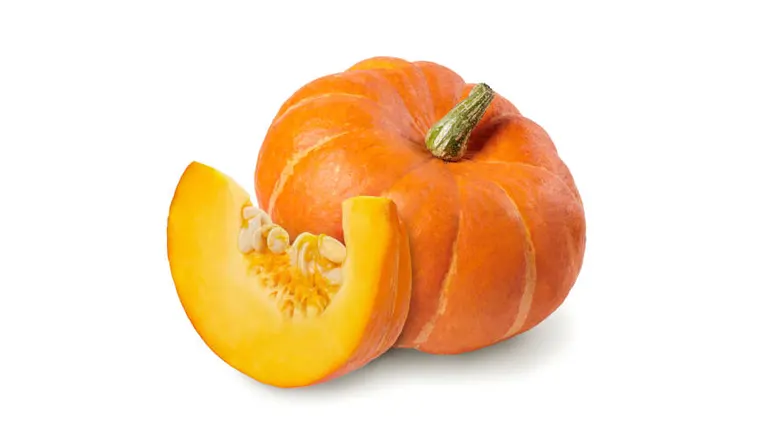
Squash varieties, from summer squash like zucchini to winter types like butternut, grow from the flowering parts of plants and contain seeds. Their classification as fruits comes from their development process, which involves the swelling of the ovary after fertilization. Squash is a fixture in culinary traditions around the world, often baked, steamed, or stir-fried.
Additional Information:
- Scientific Name: Cucurbita spp.
- Nutritional Benefits: Rich in vitamins A, C, and E, as well as fiber and antioxidants.
- Varieties: Includes summer squash (zucchini, yellow squash) and winter squash (butternut, acorn, spaghetti squash).
- Culinary Uses: Versatile in both sweet and savory dishes, used in soups, casseroles, breads, and roasted preparations.
7. Pumpkins
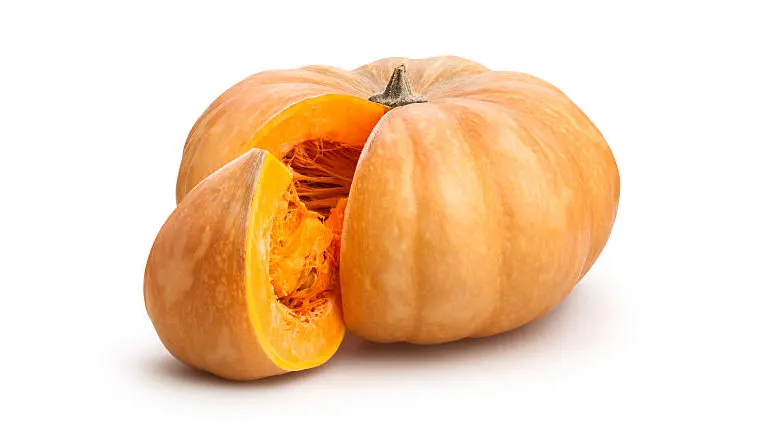
A hallmark of autumn and star of many a Halloween celebration, pumpkins are widely used in pies, soups, and lattes, but botanically, they are fruits. They develop from the pumpkin flower and contain seeds, meeting the criteria for fruits. Culturally significant, pumpkins are also rich in vitamins and a symbol of fall festivities across many cultures.
Additional Information:
- Scientific Name: Cucurbita pepo
- Nutritional Benefits: High in vitamins A and C, fiber, and potassium. The seeds, known as pepitas, are rich in protein and healthy fats.
- Varieties: Includes sugar pumpkins, used for baking, and larger varieties for carving.
- Culinary Uses: Used in pies, soups, and roasted dishes, as well as in beverages like pumpkin spice lattes.
8. Avocados
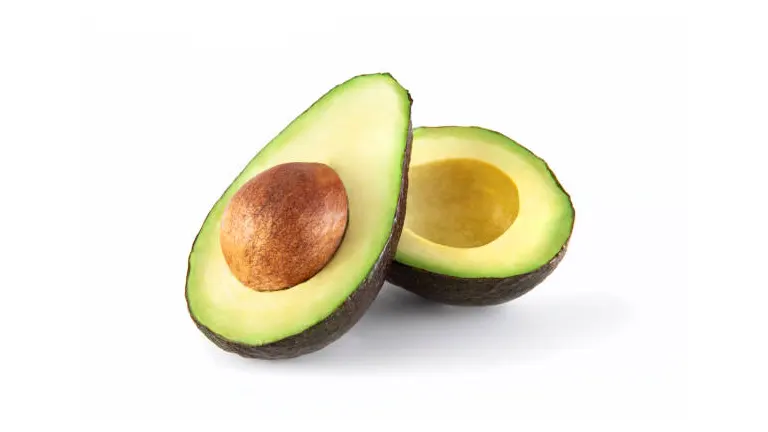
Often used in savory dishes and beloved for their creamy texture, avocados are indeed fruits, specifically berries. They develop from the flower of the avocado tree and contain a single large seed. Avocados are not only a culinary favorite but also packed with healthy fats and nutrients, making them a superfood in many diets.
Additional Information:
- Scientific Name: Persea americana
- Nutritional Benefits: High in monounsaturated fats, vitamins E, K, and C, and folate.
- Varieties: Includes Hass, Fuerte, and Bacon avocados, with Hass being the most popular variety.
- Culinary Uses: Commonly used in guacamole, salads, smoothies, and toast, as well as a topping for various dishes.
9. Olives

Essential to Mediterranean cuisine, olives are small, oily fruits that grow on olive trees. They are picked and often cured or processed before eating, which might obscure their identity as fruits. Rich in heart-healthy monounsaturated fats, olives are a staple in diets renowned for promoting longevity and wellness.
Additional Information:
- Scientific Name: Olea europaea
- Nutritional Benefits: High in monounsaturated fats, vitamin E, and antioxidants.
- Varieties: Includes green and black olives, with further distinctions such as Kalamata, Manzanilla, and Castelvetrano.
- Culinary Uses: Eaten whole, in tapenades, as a topping for pizzas and salads, and pressed for olive oil.
10. String Beans

String beans, or green beans, develop pods that encase the seeds, defining them as fruits. They are picked young and eaten whole, pod and all, which contributes to the common misconception of them being a vegetable. String beans are celebrated for their crisp texture and versatility in dishes from salads to casseroles.
Additional Information:
- Scientific Name: Phaseolus vulgaris
- Nutritional Benefits: Good source of vitamins A, C, and K, as well as fiber and folate.
- Varieties: Includes bush beans and pole beans, which differ in their growing habits and pod characteristics.
- Culinary Uses: Often steamed, sautéed, or blanched, and used in salads, casseroles, and as a side dish.
11. Corn
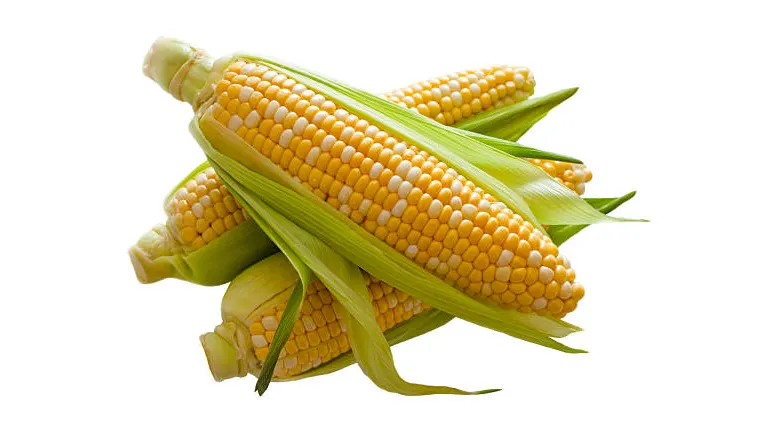
A mainstay in diets worldwide, corn grows from the flower and is technically a fruit, though categorized as a grain in agriculture. Each kernel is a seed that develops on the cob, which is part of the flower’s ovary. Corn is pivotal in many industries, from culinary uses to biofuel production, making it an essential crop globally.
Additional Information:
- Scientific Name: Zea mays
- Nutritional Benefits: Rich in carbohydrates, fiber, vitamins B and C, and essential minerals like magnesium and phosphorus.
- Varieties: Includes sweet corn, field corn, and popcorn, each with distinct uses.
- Culinary Uses: Eaten on the cob, used in soups, stews, and salads, ground into cornmeal for tortillas and bread, and popped for popcorn.
12. Okra
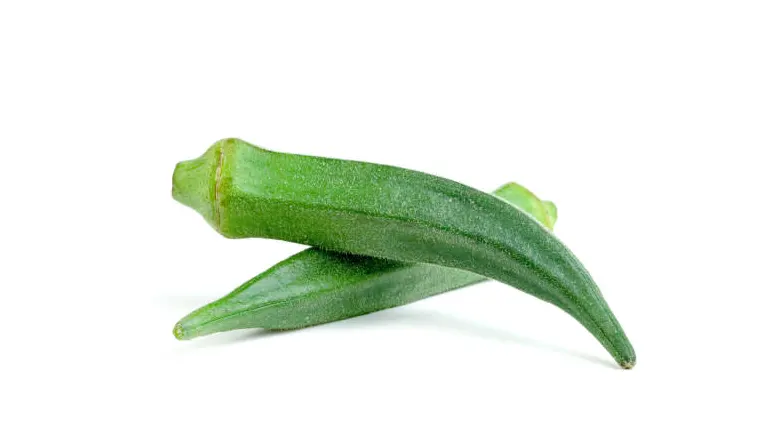
Often associated with Southern cooking and dishes like gumbo, okra is botanically a fruit. It develops from its flower’s ovary and contains seeds along its fibrous pod. Okra is valued not only for its unique texture and flavor but also for its high fiber and vitamin C content, which contribute to a range of health benefits.
Additional Information:
- Scientific Name: Abelmoschus esculentus
- Nutritional Benefits: High in fiber, vitamins C and K, folate, and antioxidants.
- Varieties: Includes Clemson Spineless, Emerald, and Red Burgundy, each with unique growing characteristics.
- Culinary Uses: Often used in soups, stews, fried, or pickled, and is a key ingredient in dishes like gumbo and bhindi masala.
13. Chilies
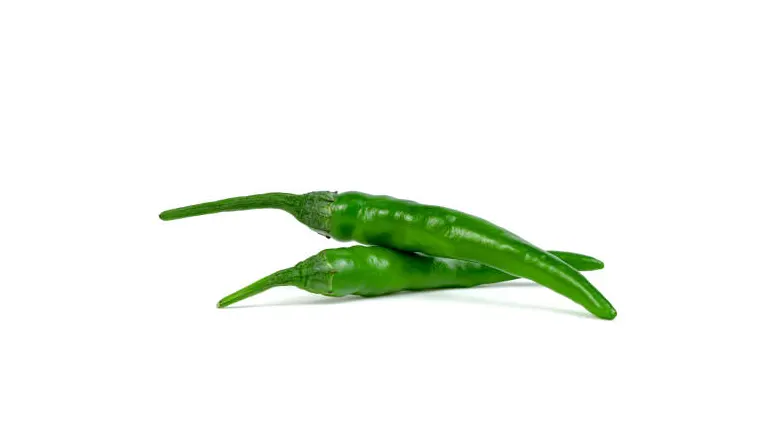
From mild bell peppers to fiery habaneros, all chilies are fruits of the Capsicum plant. They contain seeds and develop from the flower, meeting the botanical definition of a fruit. Chilies are integral to cuisines worldwide, celebrated for their ability to add heat and depth of flavor to dishes.
Additional Information:
- Scientific Name: Capsicum spp.
- Nutritional Benefits: Rich in vitamins A and C, capsaicin (which has anti-inflammatory properties), and antioxidants.
- Varieties: Includes bell peppers, jalapeños, habaneros, and cayenne, each with varying levels of heat measured in Scoville Heat Units (SHU).
- Culinary Uses: Used fresh, dried, or powdered in a wide range of dishes, including salsas, sauces, and marinades, as well as stuffed or roasted.
Implications of Misclassifications
Culinary and Nutritional Impact
Understanding the botanical classification of these foods can significantly enhance our culinary techniques and nutritional insights. Knowing that bell peppers and chilies are fruits may influence how we use them in recipes or consider their nutritional content. For example, fruits typically contain higher levels of certain vitamins and sugars compared to vegetables.
Nutritional Insights:
- Bell Peppers: High in vitamins A and C, bell peppers also contain folate and fiber. The red variety is particularly rich in beta-carotene and lycopene, antioxidants known for their health benefits.
- Chilies: Chilies are rich in capsaicin, which has been shown to have anti-inflammatory and metabolism-boosting properties. They also contain significant amounts of vitamins A, B6, and C.
Culinary Techniques:
- Tomatoes and Cucumbers: Recognizing tomatoes and cucumbers as fruits highlights their versatility. Tomatoes can be used in both sweet and savory dishes, from sauces to jams. Cucumbers, high in water content, are excellent for hydration and can be used in beverages and cold soups.
- Squash and Pumpkins: These fruits can be used in both sweet dishes (like pumpkin pie) and savory dishes (like roasted squash). Understanding their fruit classification can lead to innovative culinary uses.
Gardening and Horticulture
For gardeners, recognizing these plants as fruit-bearing can affect how they are cultivated, cared for, and harvested. This knowledge is crucial for practices such as pruning, fertilizing, and pest management, which can differ significantly between fruits and vegetables.
Gardening Practices:
- Pruning and Training: Fruit-bearing plants often require specific pruning techniques to promote healthy fruit production. For instance, tomatoes benefit from removing suckers to direct energy towards fruit growth.
- Fertilizing: Fruits generally require a different nutrient balance compared to leafy vegetables. They often need more potassium and phosphorus to support flowering and fruit development.
- Pest Management: Understanding that these plants are fruits can help in selecting appropriate pest control methods. For example, fruit-specific pests might target bell peppers and tomatoes, necessitating targeted interventions.
Nutritional and Gardening Insights for Misclassified Fruits
| Food Item | Key Nutrients | Pruning Techniques | Fertilization Needs | Pest Management |
|---|---|---|---|---|
| Bell Peppers | Vitamins A, C, folate, fiber | Remove lower leaves to prevent disease | Higher potassium and phosphorus | Watch for aphids, whiteflies |
| Chilies | Capsaicin, vitamins A, B6, C | Stake plants to support heavy fruits | Balanced fertilizer, avoid high nitrogen | Control spider mites, aphids |
| Tomatoes | Lycopene, beta-carotene, vitamins A, C | Remove suckers, support with cages | High potassium and phosphorus | Monitor for tomato hornworms, blight |
| Cucumbers | Vitamins K, C, potassium, magnesium | Train vines to grow vertically | Regular feeding with balanced fertilizer | Manage cucumber beetles, powdery mildew |
| Squash | Vitamins A, C, fiber | Prune excess leaves to improve airflow | High potassium for fruit development | Squash bugs, vine borers |
| Pumpkins | Vitamins A, C, potassium, fiber | Space plants to prevent overcrowding | Compost-rich soil, additional feeding | Monitor for squash bugs, powdery mildew |
Learning and Teaching Opportunities
Educational Value
This topic offers a rich opportunity for educators to engage students in both biology and nutrition. Understanding the botanical classifications of common foods helps students appreciate the complexity of plant biology and the importance of accurate scientific classification. Integrating this topic into science curricula can enhance students’ grasp of concepts like plant reproduction, genetics, and ecosystem dynamics.
Key Educational Benefits:
- Enhanced Biological Understanding: Students learn the differences between fruits and vegetables from a botanical perspective, which deepens their understanding of plant morphology and reproduction.
- Nutritional Awareness: Discussing the nutritional profiles of these fruits can highlight the importance of vitamins, minerals, and other nutrients in a balanced diet.
- Scientific Classification: Teaching students the scientific method of classification fosters critical thinking and analytical skills, crucial for any scientific discipline.
Interactive Learning
Creating interactive lessons where students can observe, grow, and even taste these fruits can make learning dynamic and memorable. Practical activities such as growing plants from seeds, observing their growth stages, and identifying their parts can reinforce theoretical knowledge. Teachers might also introduce fun quizzes or projects that challenge students to classify other plants based on their botanical characteristics.
Interactive Learning Activities:
- Gardening Projects: Students can plant and cultivate tomatoes, cucumbers, and bell peppers, observing their development from flowering to fruiting stages.
- Taste Tests: Comparing the flavors and textures of these fruits in their raw and cooked forms can help students understand their culinary versatility.
- Classification Quizzes: Creating quizzes where students match plant parts to their correct botanical terms reinforces learning through repetition and application.
- Science Experiments: Conduct experiments to analyze the nutritional content of these fruits, such as measuring vitamin C levels in bell peppers or lycopene in tomatoes.
Interactive Learning Opportunities and Scientific Insights
| Activity | Educational Objective | Scientific Insights | Example Implementation |
|---|---|---|---|
| Gardening Projects | Understand plant life cycles | Observe stages from germination to fruiting | Planting tomato seeds and tracking growth |
| Taste Tests | Explore sensory characteristics | Analyze flavor profiles and textures | Comparing raw vs. cooked bell peppers |
| Classification Quizzes | Reinforce botanical knowledge | Test understanding of plant classifications | Matching plants to their botanical parts |
| Science Experiments | Investigate nutritional content | Quantify vitamins and antioxidants | Measuring vitamin C in bell peppers |
Scientific Analysis and Data:
- Growth Rates: Tracking the growth rates of different fruits can teach students about factors affecting plant development. For example, tomatoes typically germinate within 5-10 days and reach maturity in 60-80 days.
- Nutritional Analysis: Conducting laboratory tests to measure nutrient levels can provide hands-on experience with scientific techniques. For instance, testing for vitamin C content in bell peppers can reveal that red bell peppers contain approximately 127 mg per 100 grams, significantly higher than green bell peppers, which have about 80 mg per 100 grams.
- Genetic Studies: Exploring the genetic differences between varieties of the same fruit, such as heirloom versus hybrid tomatoes, can illustrate concepts of genetics and plant breeding.
Related Post
- How to Build a Barn: A Step-by-Step Guide for Beginners
- How to Build a Sustainable Compost Bin: Easy and Eco-Friendly DIY
- How to Fertilize Bougainvillea: A Complete Guide for Stunning Blooms
- How to Fertilize Apple Trees: Essential Tips for a Bountiful Harvest
- How to Fertilize Lemon Trees: Secrets for Thriving Citrus
- How to Fertilize Avocado Tree: A Step-by-Step Guide for Lush Growth
- 10 Best Bow Saws to Buy in 2024: Top Picks for the Money
- Best Miter Saw For Beginners
- Top 10 Pruning Saws to Buy in 2024: Best for the Money
- 7 Best Pocket Chainsaw
Conclusion
This exploration of 13 commonly misidentified vegetables reveals their true identities as fruits, offering more than just botanical insights; it deepens our understanding of the natural world and our daily diets. By aligning our terminology with botanical accuracy, we gain a clearer view of the foods we consume and how they are classified. As we uncover more surprises in our gardens and kitchens, let’s embrace these discoveries with curiosity and enthusiasm.
FAQs
- Why are some foods we commonly call vegetables actually fruits?
The botanical definition of a fruit is a part of a plant that develops from the flower and contains seeds. In contrast, vegetables are other plant parts like roots, stems, and leaves. Many foods we call vegetables, such as tomatoes and bell peppers, fit the botanical criteria for fruits because they develop from the ovary of a flower and contain seeds. - How does understanding the true classification of these foods affect their nutritional value?
Recognizing these foods as fruits can influence how we perceive their nutritional content. Fruits often contain higher levels of vitamins, antioxidants, and natural sugars. For example, knowing that bell peppers are fruits highlights their high vitamin C content, similar to other fruits. - Can the classification of these foods as fruits change how they are used in cooking?
Yes, understanding these foods as fruits can inspire more versatile culinary uses. For instance, tomatoes can be used in both savory dishes and sweet applications like jams and desserts, similar to other fruits. - Why do gardeners need to know the correct classification of these plants?
Proper classification affects how these plants are cultivated and cared for. Fruit-bearing plants often require specific pruning, fertilizing, and pest management techniques. For example, tomatoes benefit from pruning suckers and using supports like cages to promote healthy fruit production. - What are some surprising health benefits of these fruit-classified vegetables?
Many of these fruits offer unique health benefits. Chilies contain capsaicin, which has anti-inflammatory properties and can boost metabolism. Cucumbers, with their high water content, are excellent for hydration and skin health. - How can educators use the concept of fruit-classified vegetables in their teaching?
Educators can incorporate this topic into science and nutrition curricula to help students understand plant biology and classification. Interactive activities like growing plants, taste tests, and nutritional analysis can make learning engaging and memorable. - Are there any historical misconceptions about these foods being vegetables?
Yes, historically, many of these fruits were classified as vegetables due to their culinary uses. Tomatoes, for example, were once considered poisonous in Europe and were initially grown as ornamental plants rather than for consumption. - How can knowing the true classification of these foods benefit home cooks?
Home cooks can make more informed choices about ingredient uses and pairings. Understanding that foods like pumpkins and squash are fruits can lead to creative culinary experiments, such as using pumpkin in both savory soups and sweet pies.
Understanding that some vegetables are actually fruits reveals the fascinating complexity of plant biology. Keep exploring and enjoy discovering the unexpected truths about your favorite foods!

Benjamin Brooks
Forestry AuthorGreetings! I'm Benjamin Brooks, and my journey over the past 15 years has revolved around the fascinating realms of content creation, expertise in snow clearing, and the intricate world of lumberjacking and landscaping. What began as a simple curiosity about the natural world and heavy machinery has evolved into a passionate profession where my love for crafting words intertwines seamlessly with my lumberjacking and garden skills.







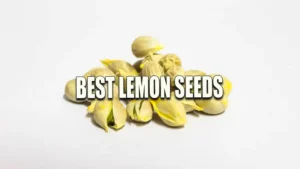





Leave your comment